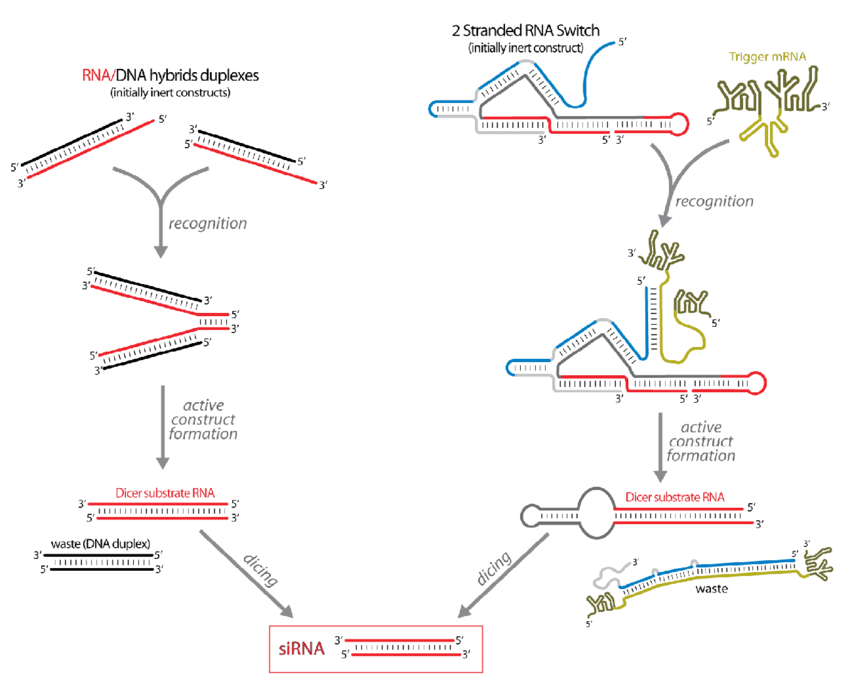RNA, or Ribonucleic Acid, is one of the fundamental building blocks of life, playing a pivotal role in genetic coding, decoding, and regulation. Distinct from DNA, RNA is a single-stranded molecule that acts as an intermediary in protein synthesis and cellular regulation. This blog dives into the diverse roles and techniques associated with RNA, drawing from a comprehensive review of its mechanisms and innovations.
Key Differences Between RNA and DNA
RNA is often referred to as the more "dynamic" counterpart of DNA. While DNA stores genetic information in a double-helical structure, RNA is single-stranded and designed for active cellular processes. Key distinctions include:
- RNA contains uracil instead of thymine.
- Its single-strand configuration allows for rapid transcription and translation processes.
For an in-depth comparison, explore the differences between DNA and RNA.
Techniques Leveraging RNA
- RNA-Based Memory Transfer Researchers have demonstrated the ability to "transfer memory" through RNA injections. This groundbreaking study utilized RNA extracted from snails exposed to stimuli, transferring behavioral responses to untrained snails. Learn more about the implications here.
- Unlocking Innate Immunity RNA molecules like nc886 play a critical role in activating antiviral defenses. These findings pave the way for novel treatments targeting innate immunity. Dive deeper into the research here.
- Bioferroelectric Properties RNA and DNA exhibit bioferroelectric properties, making them potential candidates for advanced biosensors and nanomaterials. This property enhances their application in detecting mutations and DNA damage. Explore the study here.
- RNA Logic Circuits RNA-based circuits mimic electronic devices, enabling intelligent drug delivery systems and diagnostic tools. These circuits self-assemble in bacterial cells and generate computational outputs. Read more about this innovation here.
Applications in Modern Medicine
- Cancer Therapy RNA-targeting tools like RIBOTACs destroy cancer-related microRNAs, providing a targeted approach to challenging diseases like triple-negative breast cancer. Read about the latest developments here.
- Antiviral Strategies Enhancing RNA's innate immune activation can lead to broad-spectrum antiviral therapies. These approaches are especially promising for vulnerable populations, including infants and immunocompromised individuals.
Future Directions
The versatility of RNA extends beyond its biological roles, influencing fields like nanotechnology, bioelectronics, and personalized medicine. With ongoing advancements, RNA's full potential remains to be unlocked.
For further exploration, refer to the original research here.

